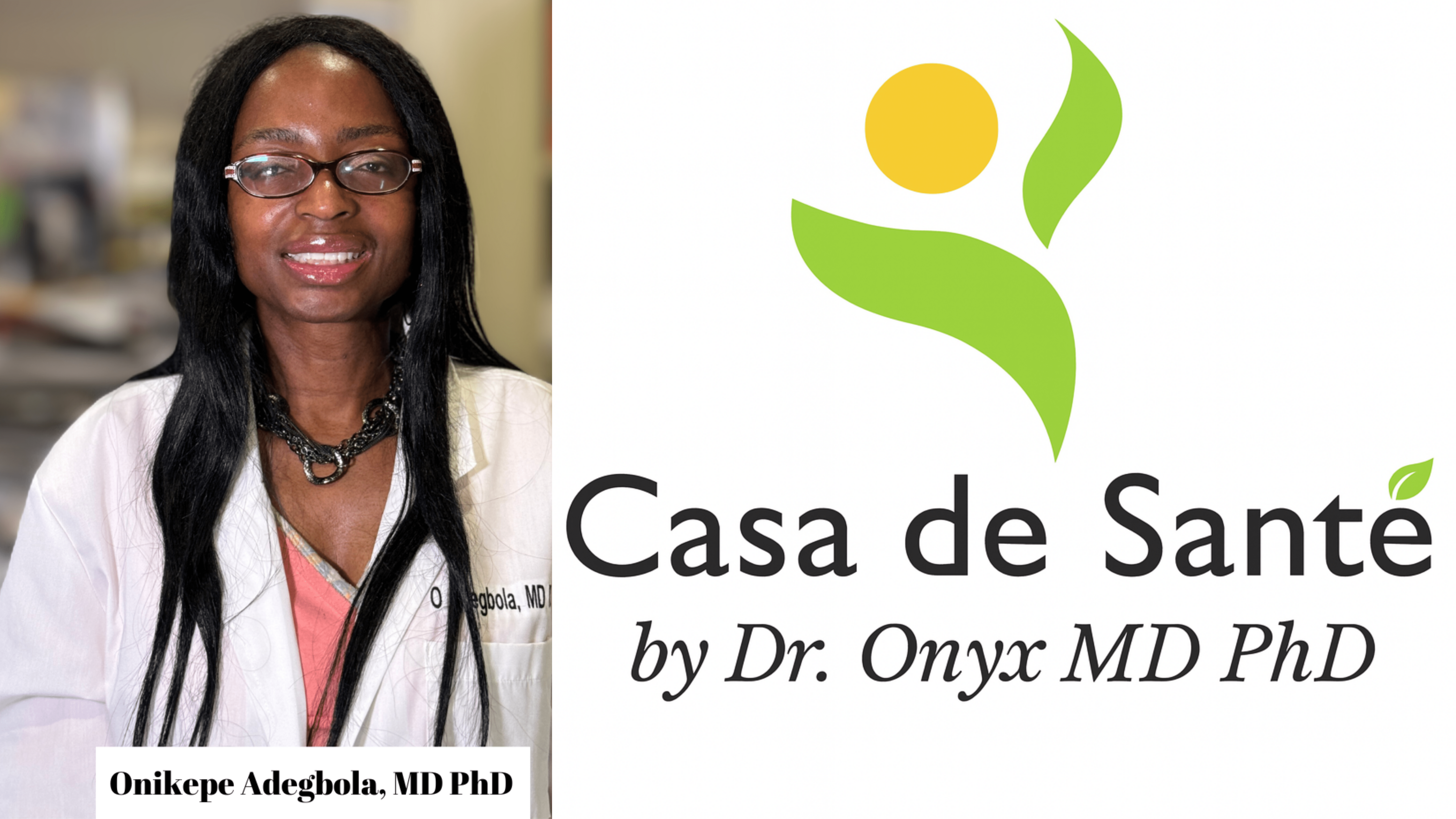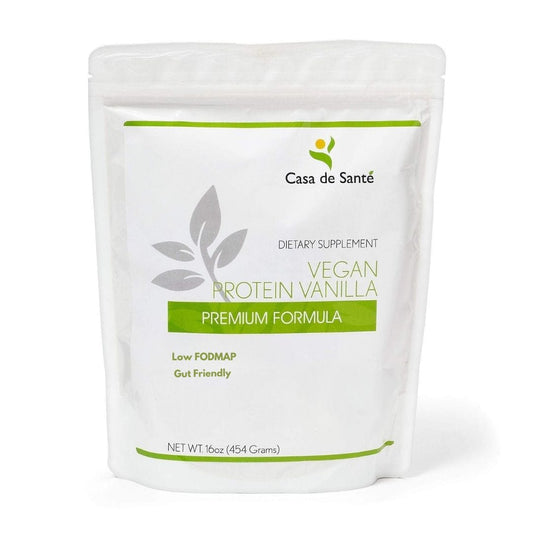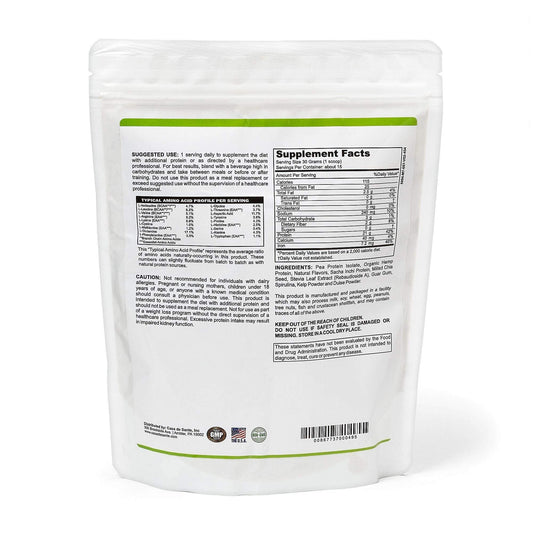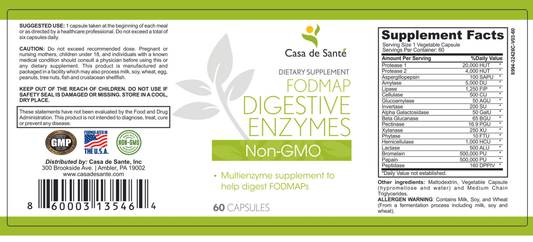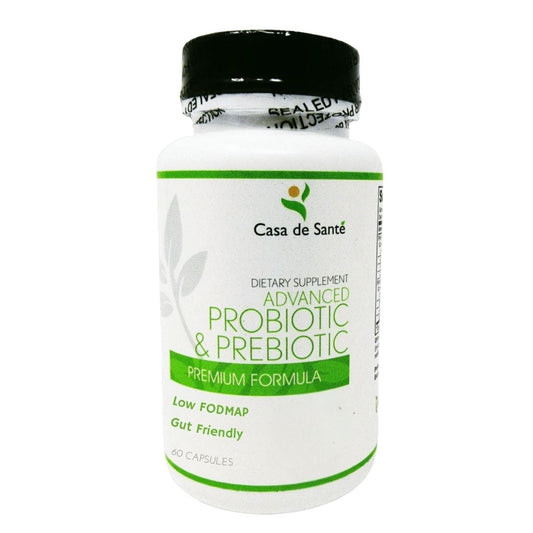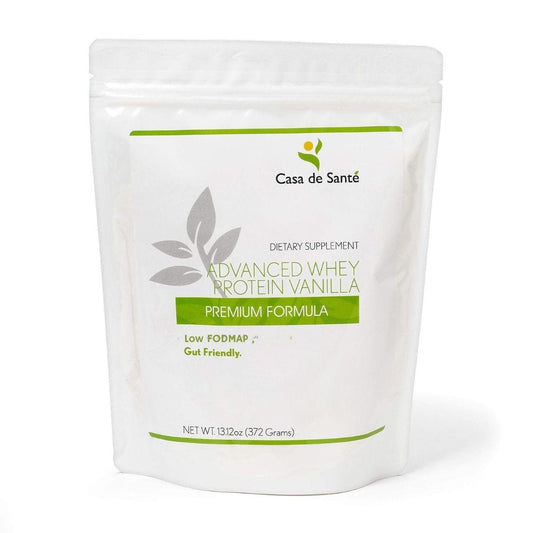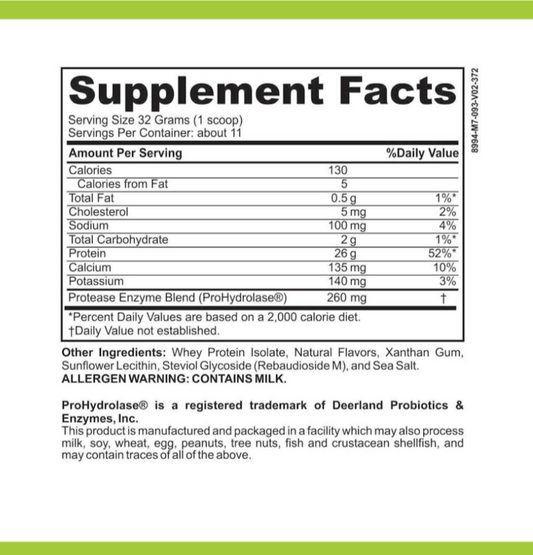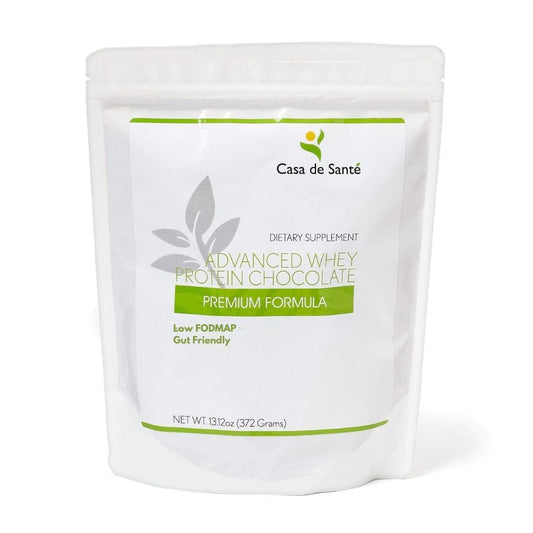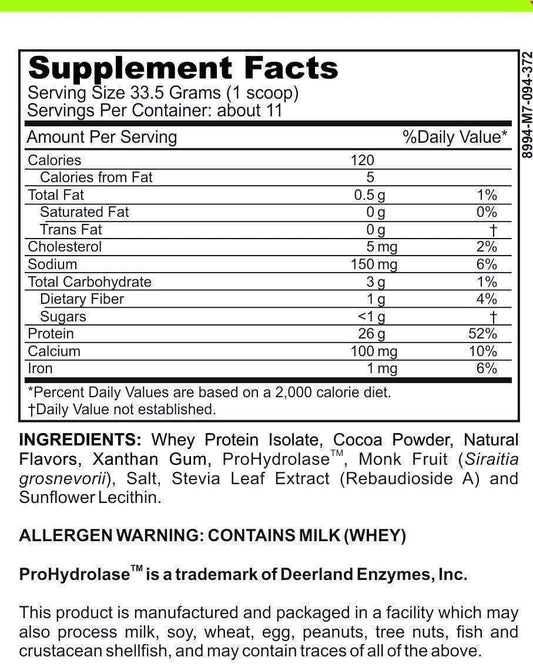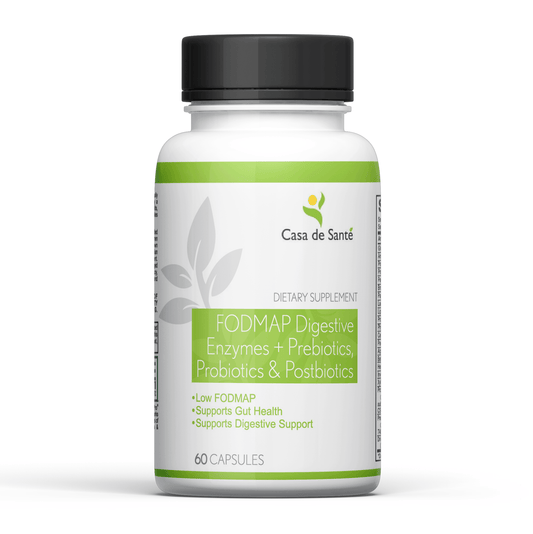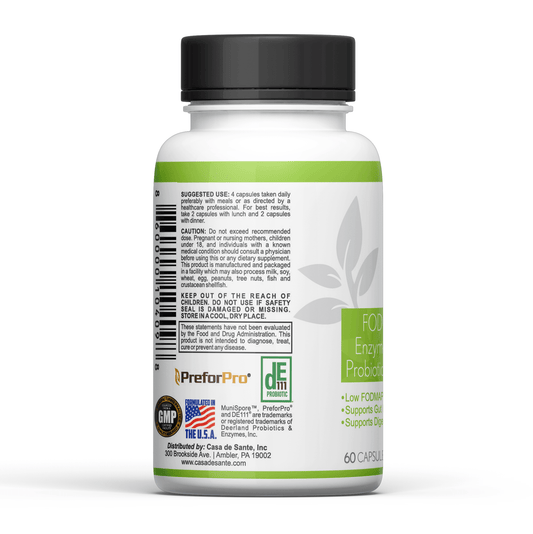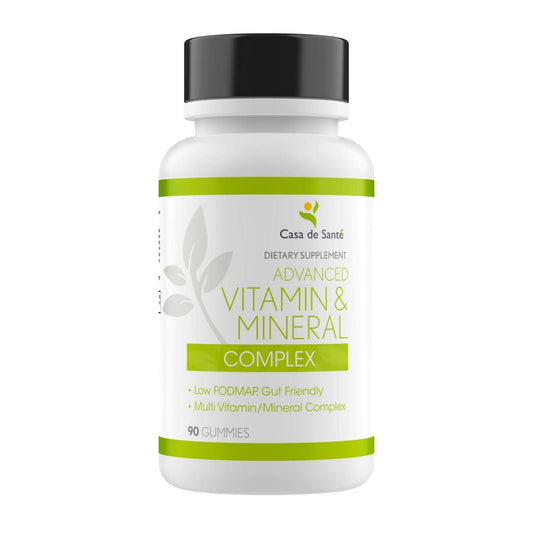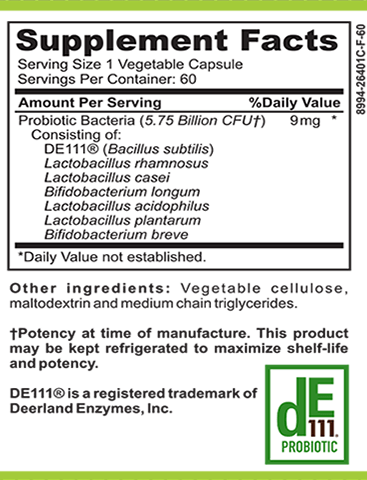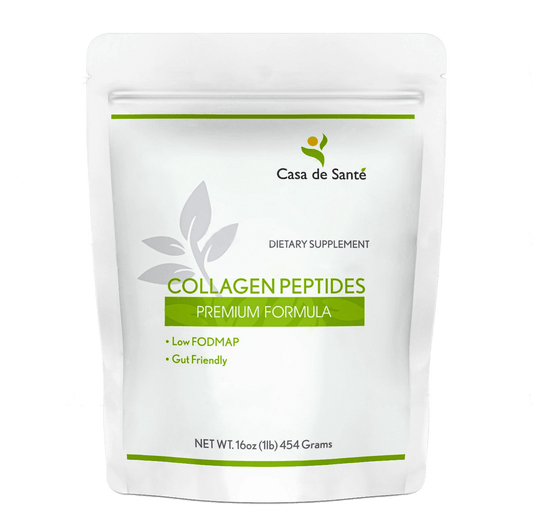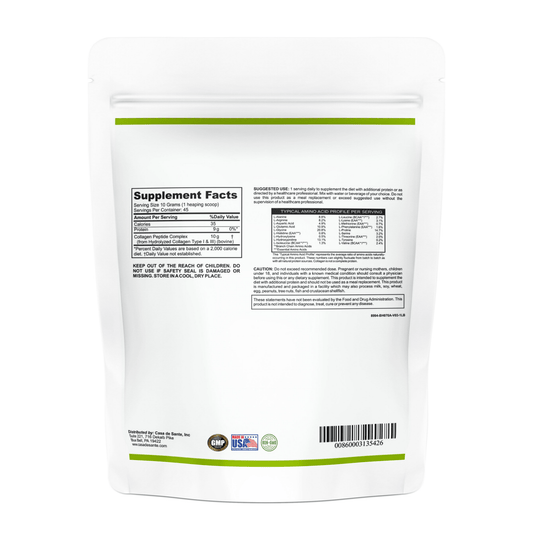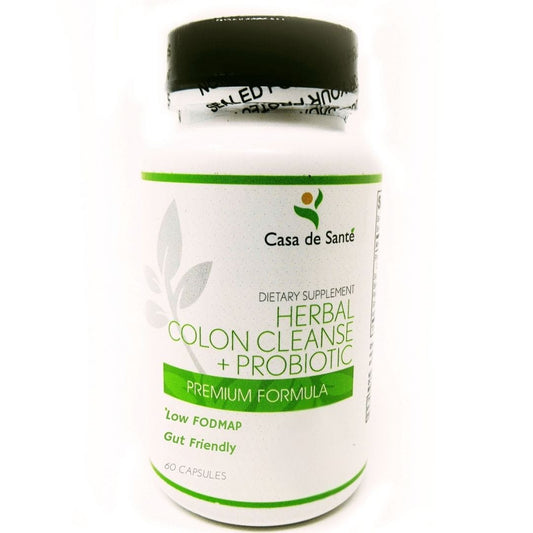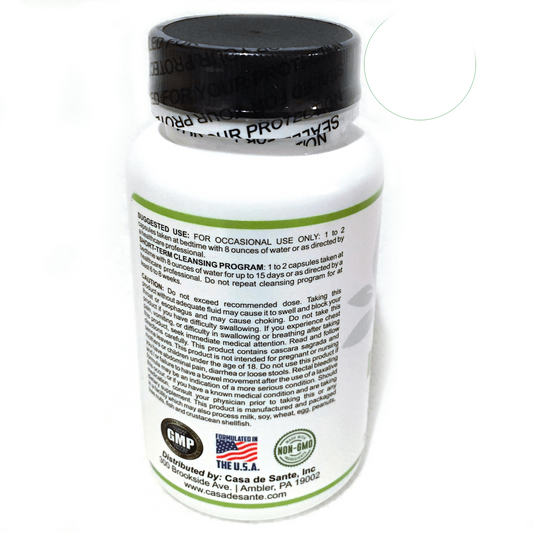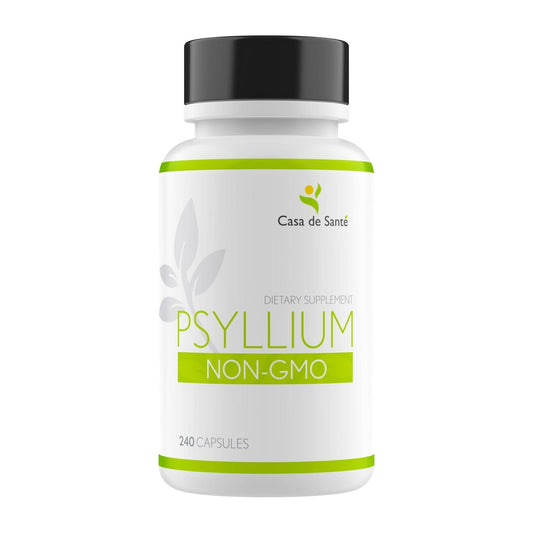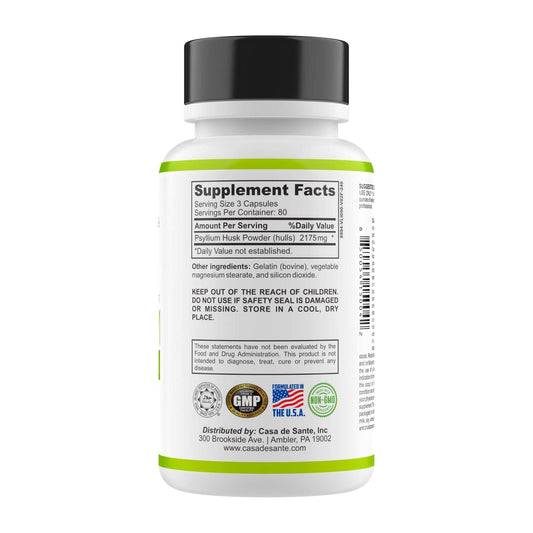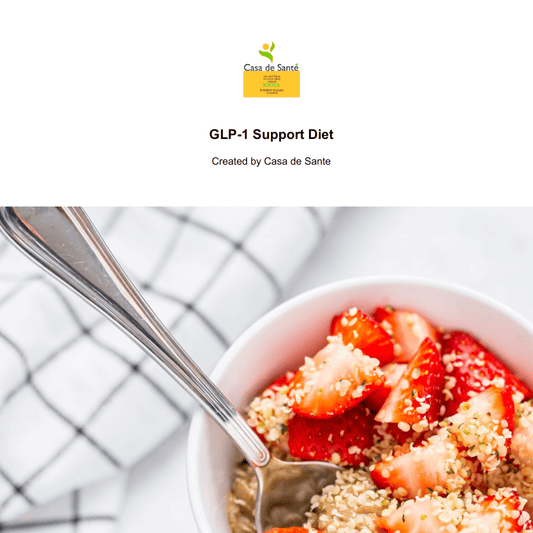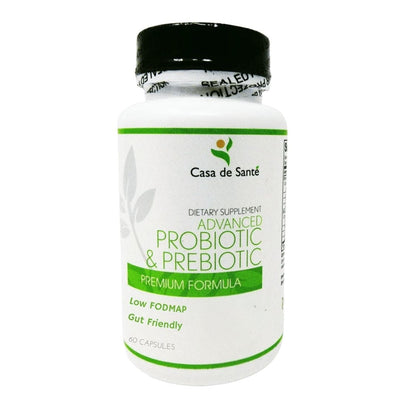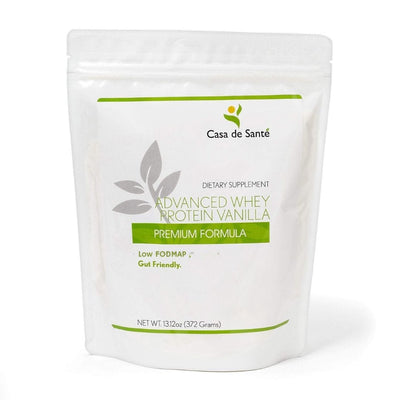Does Nuttelex Contain Lactose? A Complete Ingredient Analysis
Does Nuttelex Contain Lactose? A Complete Ingredient Analysis
For those with lactose intolerance or following a dairy-free lifestyle, finding suitable butter alternatives can be challenging. Nuttelex has emerged as a popular spread in Australia and beyond, but questions about its ingredients—particularly regarding lactose content—remain common. This comprehensive analysis dives deep into Nuttelex's composition to answer the burning question: does Nuttelex contain lactose?
What is Nuttelex?
Nuttelex is an Australian-made margarine-style spread that has been manufactured since 1932. It's marketed as a plant-based alternative to butter and has gained popularity among those seeking dairy-free options. The brand offers several varieties to cater to different dietary needs and preferences, including Original, Buttery, Olive, Pulse, and Coconut Oil variants.
Unlike traditional butter, which is made from cream or milk, Nuttelex is manufactured using vegetable oils. This fundamental difference in production already hints at the answer to our main question, but let's examine the ingredients more closely to provide a definitive answer.
The History of Nuttelex
Nuttelex was created during the Great Depression as an affordable alternative to butter. Over the decades, it has evolved from being simply a budget-friendly option to becoming a go-to product for those with dietary restrictions. The company has maintained its commitment to producing plant-based spreads, adapting its formulations to meet changing consumer preferences and health considerations.
Understanding Lactose: What It Is and Who Needs to Avoid It
Before diving into Nuttelex's ingredients, it's important to understand what lactose is. Lactose is a disaccharide sugar found naturally in milk and dairy products. It consists of glucose and galactose molecules bonded together. To digest lactose properly, the human body needs an enzyme called lactase, which breaks down lactose into these simpler sugars for absorption.
Lactose intolerance occurs when the body doesn't produce enough lactase enzyme to properly digest lactose. This condition affects approximately 65% of the global population to varying degrees. When people with lactose intolerance consume dairy products, they may experience uncomfortable symptoms including bloating, gas, abdominal pain, and diarrhea.
Common Sources of Lactose
Lactose is primarily found in mammalian milk and products derived from milk. Common sources include cow's milk, cheese, butter, cream, ice cream, and yogurt. However, lactose can also be hidden in less obvious products such as baked goods, processed cereals, salad dressings, and even some medications. For those with severe lactose intolerance, identifying these hidden sources is crucial.
Lactose vs. Dairy Allergies
It's worth noting that lactose intolerance differs from a milk allergy. Lactose intolerance is a digestive issue caused by the inability to break down lactose sugar, while a milk allergy is an immune system response to proteins in milk. Someone with a milk allergy may react to dairy products even if they're lactose-free, as the allergic reaction is triggered by proteins like casein and whey, not by lactose.
Nuttelex Ingredients: A Detailed Breakdown
Now, let's analyze what Nuttelex actually contains. While there are several varieties of Nuttelex, we'll focus primarily on the original formulation, then note any significant differences in other variants.
The main ingredients in Nuttelex Original include:
- Vegetable oils (including sunflower and canola)
- Water
- Salt
- Emulsifiers (471, soy lecithin)
- Natural flavor
- Vitamins A, D, and E
- Citric acid
- Natural color (beta-carotene)
Notably absent from this list is any milk or dairy-derived ingredient. The emulsifiers used (471 and soy lecithin) are plant-based, with soy lecithin specifically derived from soybeans.
Analyzing Potential Hidden Sources of Lactose
Sometimes, lactose can be hidden in ingredients like "natural flavors" or certain additives. However, Nuttelex explicitly markets itself as dairy-free and suitable for those with lactose intolerance. The company states on its packaging and website that all Nuttelex products are free from dairy, lactose, and milk derivatives.
The emulsifier 471 (mono- and diglycerides of fatty acids) can sometimes be derived from animal sources, but in Nuttelex's case, the company confirms these are from plant sources. This commitment to plant-based ingredients extends across their product range.
Differences Between Nuttelex Varieties
While the basic formulation remains dairy-free across all varieties, there are some differences worth noting:
Nuttelex Buttery includes additional natural flavors to mimic the taste of butter more closely but remains dairy-free. Nuttelex Olive incorporates olive oil alongside other vegetable oils. Nuttelex Pulse uses pea protein as an ingredient, making it suitable for those avoiding soy as well as dairy. Nuttelex Coconut Oil, as the name suggests, includes coconut oil in its formulation, offering a different flavor profile while maintaining the dairy-free status.
The Definitive Answer: Is Nuttelex Lactose-Free?
Based on the ingredient analysis, we can confidently state that Nuttelex does not contain lactose. All Nuttelex varieties are made without milk or dairy ingredients, making them suitable for people with lactose intolerance. The company explicitly markets its products as dairy-free and lactose-free, and the ingredient lists support these claims.
Furthermore, Nuttelex products are manufactured in facilities that do not process dairy products, minimizing the risk of cross-contamination that could be a concern for those with severe dairy allergies.
Certification and Labeling
Nuttelex products carry various certifications that further confirm their lactose-free status. They are certified kosher pareve, which means they contain neither meat nor dairy ingredients. Many varieties are also labeled as vegan-friendly, which by definition excludes all animal products, including dairy.
The company is transparent about its ingredients and manufacturing processes, making it easier for consumers with dietary restrictions to make informed choices.
Nuttelex as a Butter Alternative: Nutritional Comparison
Beyond being lactose-free, how does Nuttelex compare nutritionally to butter? This is an important consideration for those making the switch for health reasons beyond lactose intolerance.
Nuttelex generally contains less saturated fat than butter, which may be beneficial for heart health. It's also lower in calories, with approximately 500 calories per 100g compared to butter's roughly 700 calories per 100g. Additionally, Nuttelex is fortified with vitamins A, D, and E, providing nutritional benefits that may not be present in all butter alternatives.
Fat Composition
While butter is high in saturated fats, Nuttelex contains primarily unsaturated fats from its vegetable oil base. The specific fat profile varies between Nuttelex varieties, with the Olive and Coconut Oil versions offering different fatty acid compositions. The Coconut Oil variant, for instance, contains more saturated fat than other versions but is still generally lower than traditional butter.
Sodium Content
One area where some Nuttelex varieties may not outperform butter is sodium content. Some formulations contain more sodium than unsalted butter, which could be a consideration for those monitoring their salt intake. However, Nuttelex does offer reduced-salt options for consumers concerned about sodium levels.
Other Dietary Considerations Beyond Lactose
While we've established that Nuttelex is lactose-free, consumers often have multiple dietary considerations. Let's explore how Nuttelex aligns with other common dietary restrictions and preferences.
Most Nuttelex varieties are suitable for vegans, as they contain no animal-derived ingredients. They're also generally gluten-free, though consumers with celiac disease should always check the latest formulations and manufacturing processes. For those with soy allergies, the standard Nuttelex contains soy lecithin, but the Pulse variety is specifically formulated to be soy-free.
Palm Oil Concerns
Some consumers avoid palm oil due to environmental concerns related to deforestation and habitat destruction. While earlier formulations of Nuttelex contained palm oil, the company has responded to these concerns by removing palm oil from many of their products. Consumers specifically concerned about palm oil should check the current ingredient lists of specific varieties.
GMO Status
For those avoiding genetically modified organisms (GMOs), Nuttelex offers options made with non-GMO ingredients. The company has been responsive to consumer preferences in this area, adapting formulations to meet the demand for non-GMO products.
Conclusion: Nuttelex as a Safe Option for the Lactose Intolerant
To conclusively answer the question posed in the title: No, Nuttelex does not contain lactose. It is made entirely from plant-based ingredients and is manufactured in facilities that do not process dairy products, making it a safe option for people with lactose intolerance or those following a dairy-free diet.
Beyond being lactose-free, Nuttelex offers nutritional advantages over traditional butter for many consumers, particularly in terms of reduced saturated fat content. The range of varieties available means that consumers can choose options that align with their taste preferences and additional dietary requirements, whether that's avoiding soy, seeking lower sodium, or preferring certain oil bases.
For the millions of people worldwide who must or choose to avoid lactose, Nuttelex represents a widely available, versatile alternative to dairy-based spreads that doesn't compromise on taste or functionality in cooking and baking. As always, individuals with severe allergies or specific dietary concerns should verify current formulations directly with the manufacturer, as product ingredients can change over time.
